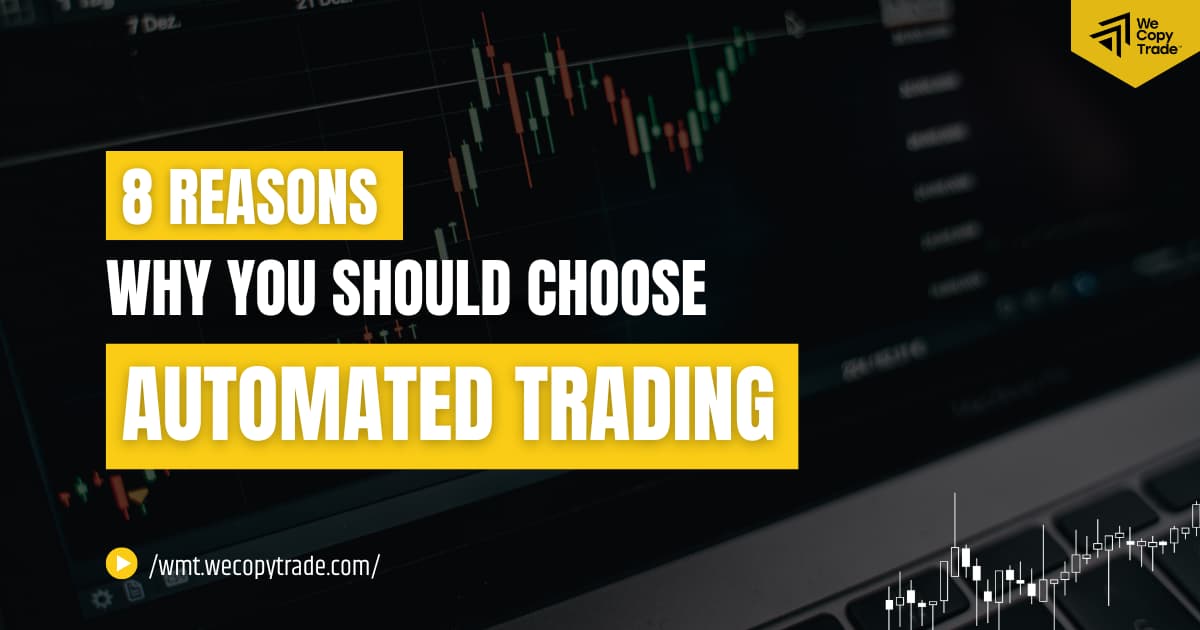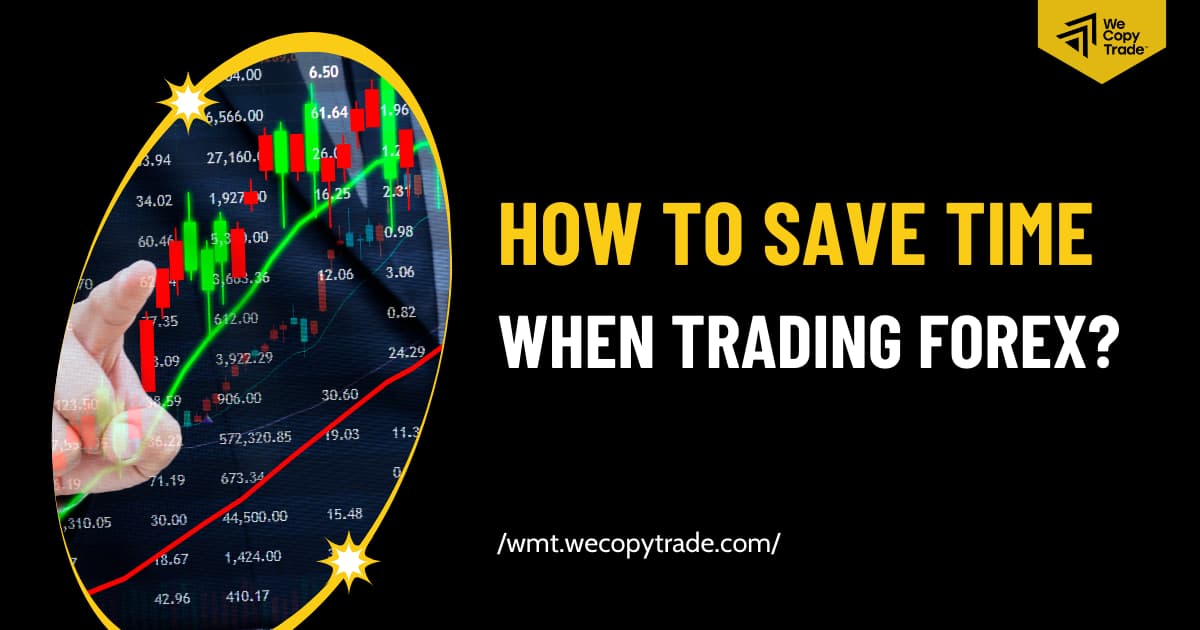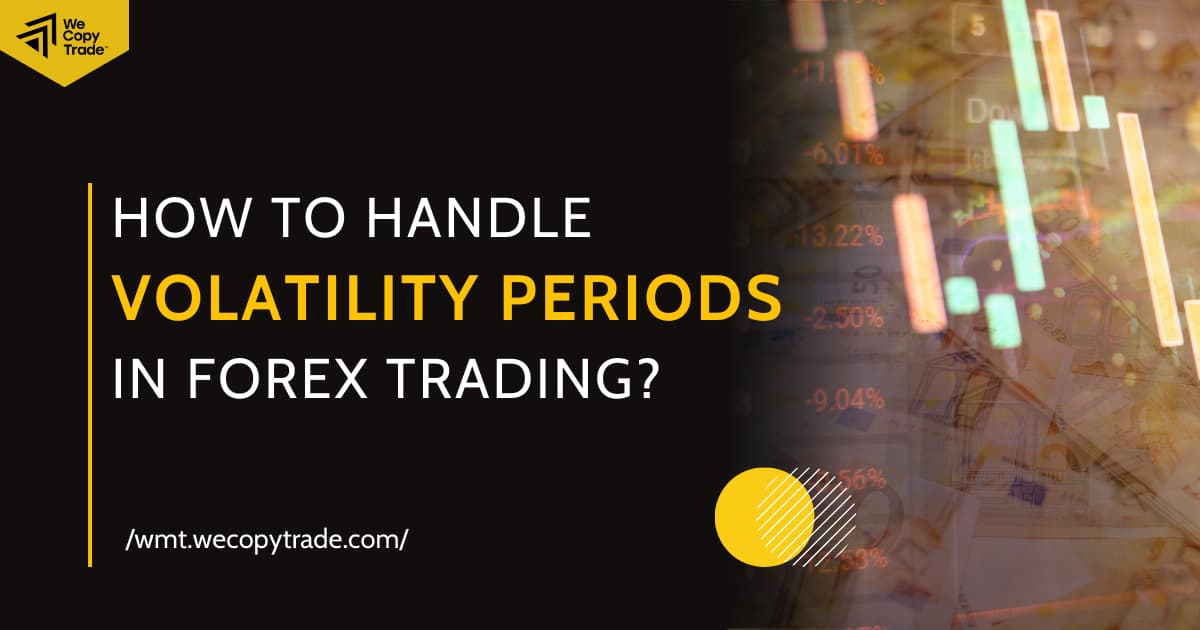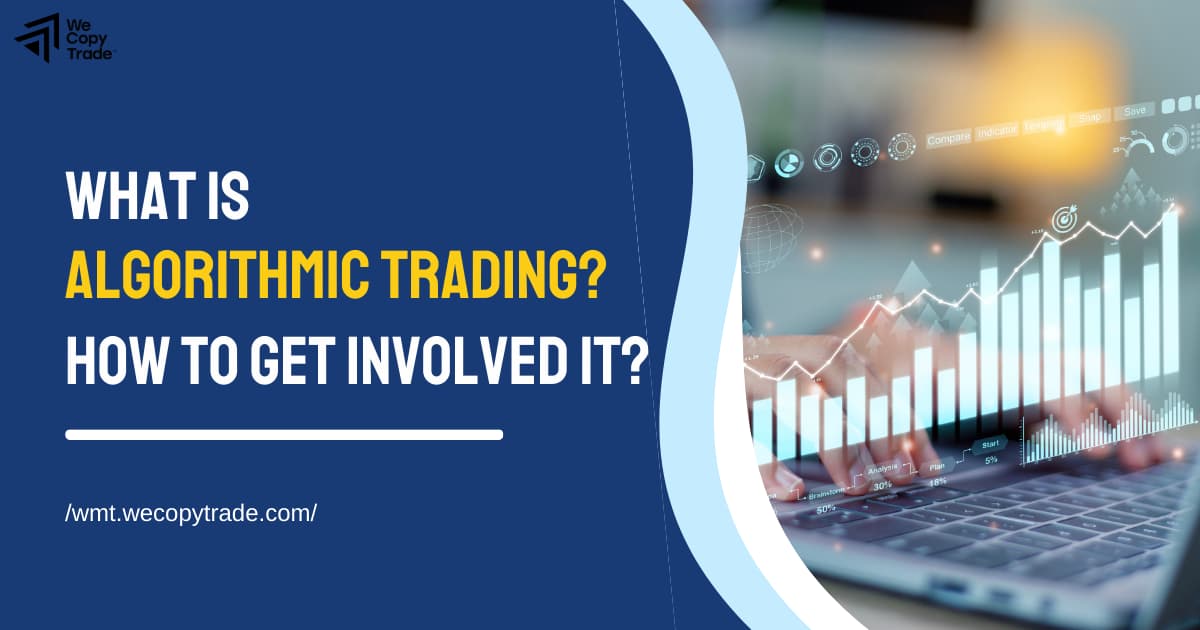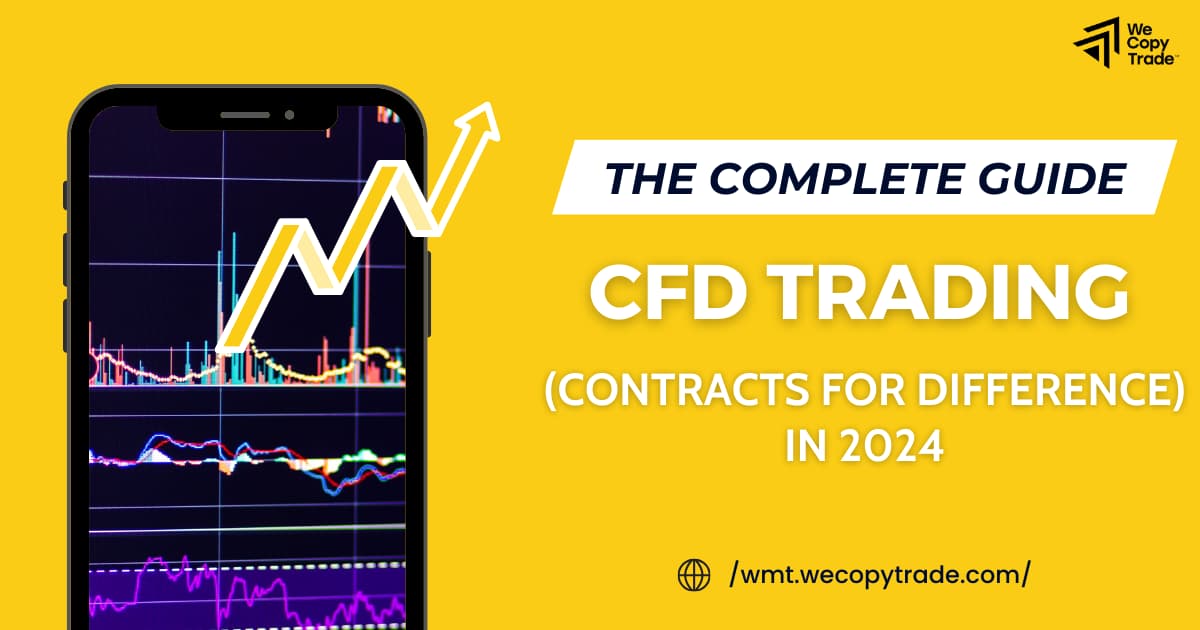
CFD trading (or Contracts for Differenct) allows investor to profit from price changes in various markets. This guide will provide a comprehensive overview of CFD trading: what CFDs are, the different markets you can trade, strategies you can use and the associated risks. By the end, you will have a good understanding of how CFD trading works and can decide if it may be suitable for your investment goals.
CFD Trading for Beginners: What is It and How Does It Work?
A CFD (or Contract for Difference) is a financial product that lets traders to make bets on how the price of things like stocks, currencies, or commodities migh change in the future without actually buying or owning the assets themselves.
With CFD trading, you enter into an agreement with a broker to exchange the difference in price of an asset from the time the contract is opened to when it is closed. You predict if the price will go up or down. If your price prediction is right, you may earn some profit. But if it is wrong, you will lose money.

CFD trading has become popular among traders as it gives people flexibility to trade many different markets with just a small deposit. While CFDs make it easier to control large amounts of valued assets even when you have less capital, it also means bigger risks if the price moves against your position. So it is to understand these risks and how to manage them to make successful bets in rising and falling markets using CFDs.
Benefits and Risks of CFD Trading
CFD trading can provide investors with various benefits but also carries risks. Let us dive into the advantages and potential risks of CFD trading.
Benefits of CFD trading
- Leverage: You can control large positions without as much of your own money upfront. This lets a trader amplify potential gains.
Ability to go long or short: Flexibility to profit from rising or falling prices by going “long” or “short.” So traders can make money no matter which direction markets move. - Diversification across different global markets all in one platform, like stocks, currencies, commodities, and indexes. This helps traders diversify their investment portfolio.
- No ownership of underlying asset: Traders do not actually own the underlying asset, they are simply betting on price movements. This avoids costs and complexities of storage and ownership of physical assets.
- Access to international markets wherever you are located in real time. CFDs provide opportunities in global stocks, currencies, and more through a single account.

Risks of CFD trading
However, there are also risks that you need to be aware of:
- Leverage amplifies losses: Leverage can increase potential profits but if the market moves against you, it also magnifies your losses. It’s crucial to manage leverage carefully.
- Market volatility: Market prices can rise or fall rapidly at any time, especially in volatile periods. This creates risk of sudden large losses from price swings.
- Counterparty risk: Trades are done with a provider rather than an exchange. So there is always a risk a provider could run into financial trouble and you may have difficulty accessing your money.
- Fees: Additional costs apply such as spreads and overnight financing fees. These expenses can eat into profits over time if not considered in your trading strategy.
- Regulatory risk: Regulations set limits on leverage and trading rules. Changes to rules by governments or regulators could negatively impact your ability to trade as you had planned.
To benefit from opportunities while managing risks, traders must employ proper risk management, research providers thoroughly, and stay informed of market and regulatory conditions.
How to Get Started with CFD Trading
Getting started with CFD trading is straightforward, but it is essential to approach it with careful preparation. Here are the key steps to begin with CFD trading.
Choose a reputable CFD trading platform
The first important step is to select a prestigious CFD trading platform. You should research carefully by reading reviews from other traders online. It is crucial to look for regulated brokers that offer an easy-to-use website or app and offer a range of trading tools. This is essential so you can feel confident with your personal information.
Open a CFD trading account
Once you have selected a suitable CFD trading platform, you need to open a CFD trading account. Fill out a online simple signup form on the platform website. You may need to provide some personal details and documents. Your chosen regulated broker will verify your identity for security purposes.
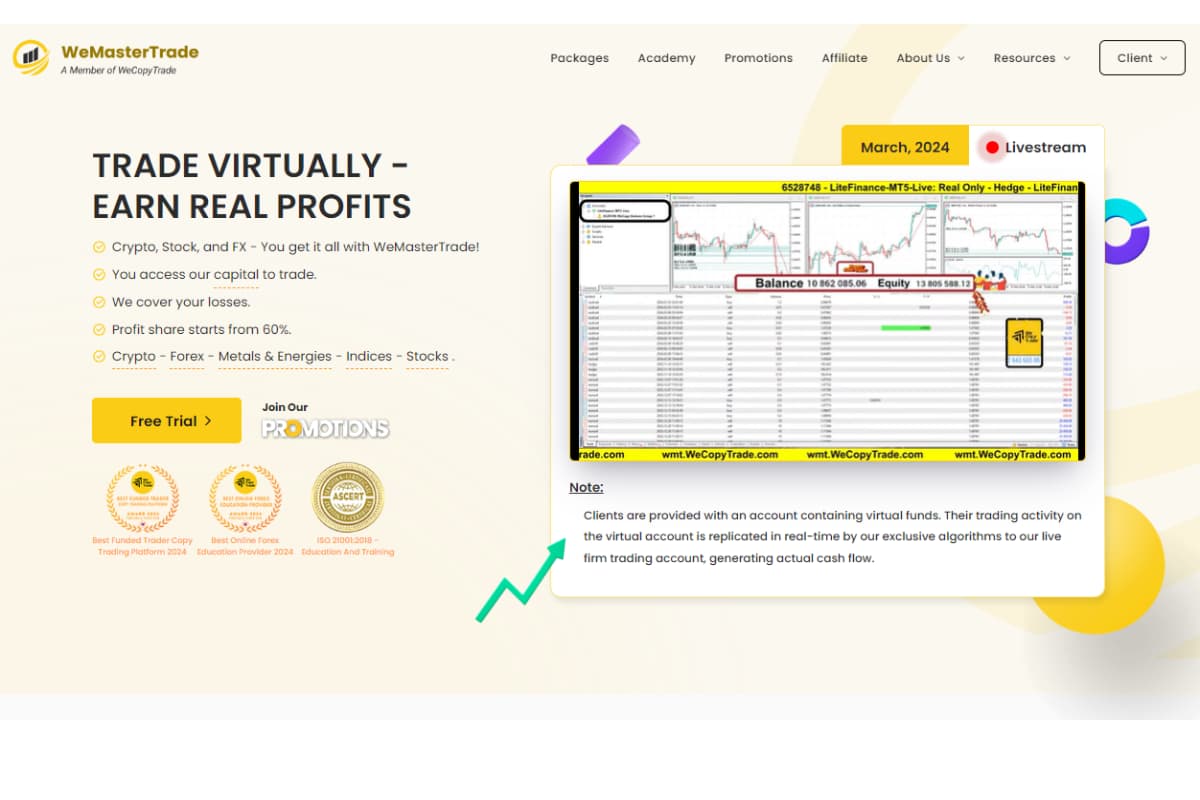
Fund your account
After you account is approved, you need to deposit funds into your new account. Only transfer an amount you are comfortable trading with. Most platforms offer various funding options such as bank transfers, credit/debit cards, or electronic wallets for flexibility.
Choose the asset to trade
The next step is to opt for an asset you would like to trade like stocks, currency pairs, commodities, or market indices. CFDs give you the chance to predict price movements on different financial instruments.
Place your trade
Next, you choose whether you want to go long (buy) or short (sell) on the selected asset. When an opportunity arises, buy or sell your selected asset depending on which way you expect its price to move. Enter details like quantity and use caution with leverage.
Monitor and manage your trade
Once your trade is placed, you need to monitor your open position closely in case you need to close it early. Prices can quickly change, so check your trade regularly on the platform app or website. Remember to keep a close eye on market conditions and economic events.
Close your trade
Finally, simply close the position on your CFD trading platform by selling when your target is met. This locks in profits if you are right or limits losses if incorrect in your market prediction. Take time to review each experience.
By following these steps and staying informed about market trends and economic news and events, you can start CFD trading with confidence and responsibility. Remember to start with small trade sizes and gradually increase your exposure as you gain experience and understanding of the markets.
Tips for Successful CFD Trading

To be successful with CFD trading, there are several useful tips as follows:
- Start small when you begin trading. Practice with small amounts of capital and trade sizes until gaining experience.
- Utilize a demo account first. This helps you experiment with different strategies and get familiar with how the CFD trading platform works without any financial risk involved.
- Educate yourself by learning about CFDs, leverage, strategies and risk management. There are many online resources to develop your knowledge.
- Set clear goals to stay focused. Know if you want steady profits or income supplementation from the beginning.
- Use stop-loss orders to limit potential losses. This automatically exits your position if the market moves against you.
- Diversify your trades across different assets like stocks, currencies and commodities. Do not rely on one market only.
- Control your emotions when making trading decisions. Remain rational when the market moves against you or excites you with potential gains.
- Stay informed about current news that could impact prices. Understanding world events helps anticipate market movements.
Final Words
To wrap it up, CFD trading can offer an exciting way for investors to profit from market fluctuations withou owning the underlying assets. While CFDs provide leveraged trading opportunities, they also carry increased risks that require learning proper risk management. For beginners starting small and continuing to gain experience and knowledge is important when CFD trading. For further useful trading tips, please visit our WeMasterTrade Blog.


